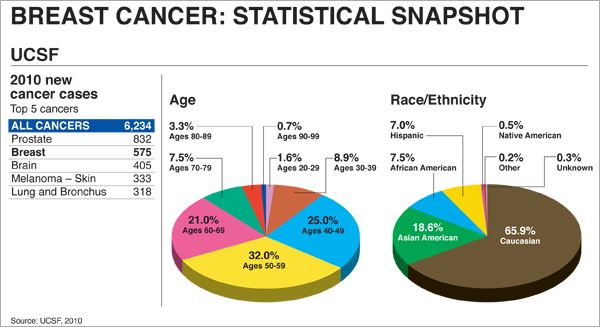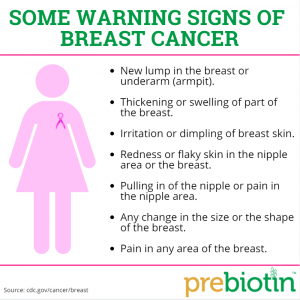Biotech Companies: Breast Cancer and Market Trends
Stock investors looking for a cross between biotech and cryptocurrencies might have just found their answer. Rising medical costs and insufficient record-keeping for patients suggests that blockchain technology is ripe for consumer growth.
The world needs biotech companies that implement blockchain technology. This is why cancer researchers changed directions. Cancer trends are on the rise in the U.S. (and throughout the world), as an aging population continually requires more healthcare services and pharmaceutical costs. Disruptive market forces are needed in the improvement of patients in cancer care. It is important for consumers to join together in digital communities educate one another about these devastating illnesses, so that we can better understand the costs for ourselves and for our families.
Breast cancer: What you need to know about it
As its name suggests, breast cancer is a type of cancer that affects the tissues of the breasts – specifically in the milk-producing ducts. According to the statistics, breast cancer is the most common type of cancer affecting women worldwide, accounting for more than 25% of all cancers diagnosed. In the US alone, it is expected that about 12% (or 1 in 8 women) will acquire cancer throughout their lifetimes.

This year, more than 260,000 cases of breast cancer are expected to be diagnosed in women in the United States (In males, only about 2,500 cases are estimated). With breast cancer becoming more common especially in developing countries, it is important to be updated with the correct information about it as well as with the latest treatment methods. Listed below are some of the most important things you should know about this cancer type.
The risk factors
Basically, there are three main risk factors in the development of breast cancer: age, sex, and family history. According to studies, the incidence of breast cancer increases as a person gets older. On the other hand, factors like sex and family history are beyond one’s control.
Studies show that breast cancer is more prevalent in women than in men, and is more common in people who (may) have inherited the disease. On the molecular level, breast cancer is caused by any changes in genes like BRCA1 and BRCA2. Since these mutations occur in the genes, they can be passed on from one generation to another.
Aside from these aforementioned, factors such as diet and physical activity can also cause breast cancer. But unlike the first three factors, they can be controlled and regulated.
Myths and misconceptions
Breast cancer is often thought to be a single disease. But, in fact, there are many types and subtypes. These include estrogen-positive, triple-negative, HER2-positive, invasive and non-invasive, among others.

Another common misconception about breast cancer is that it only affects women. While the risk factors are relatively lower, men can also acquire breast cancer and die from it. However, since most men do not often suspect breast cancer during its early stages, the treatment methods are usually done only in severe cases.
Latest diagnosis and treatment methods
Like any other disease, the key to treating breast cancer is its early detection. It has already been scientifically proven that early diagnosis of the disease can lead to less destructive treatment and overall improvement in survival. One of the most common ways to diagnose breast cancer is through the use of mammograms.
According to studies, the use of mammograms reduces deaths from breast cancer by about 20%. Because of this, experts still suggest the yearly schedule of mammograms for women who are age-40 and above.

In past years, there has been a lot of new treatment methods developed against different breast cancer types. Some of the most common methods include surgery (known as mastectomy), chemotherapy, radiation therapy, and hormone therapy.
Aside from these, drugs such as Nerlynx, a tyrosine-kinase inhibitor, has already been approved by the FDA to be used as a treatment for the early stage of HER2-positive breast cancer.
Blockchain-Based Technologies
Recent developments in blockchain technologies have highlighted social health platforms which have already helped patients make progress in many of these areas.
Under the Obama administration, there was a large focus on healthcare reform. There is a wide chasm of debate on how successful those initiatives were, but this could become a central issue in the next election (given the fact that relatively little healthcare legislation has been passed under the Trump administration). More realistically, improvements in healthcare will need to come from the private sector through the use of innovative technologies.
Digital health communities can enable better records management, reduce costs, and improve the lives of patients. Working together, we can move forward in the fight against cancer. Markets will continue monitoring these areas and industries, as there will continue to be impressive growth to be seen here in the years and decades ahead.
